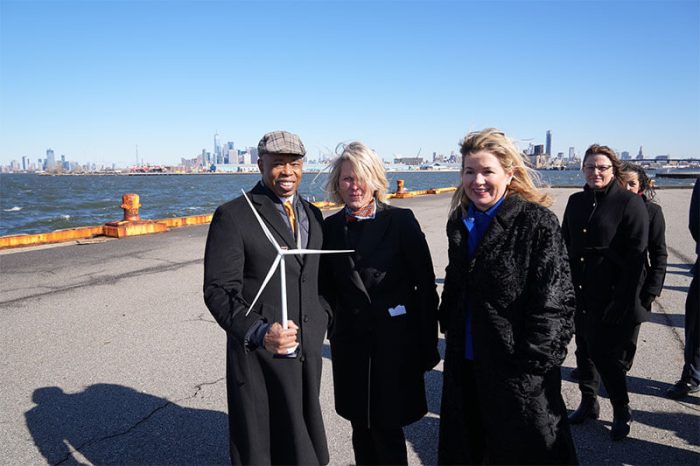New York has set some of the nation’s most ambitious climate and clean energy goals – goals that meet the urgency the climate crisis demands of us and that will require the commitment and collaboration of all statewide industries, stakeholders, and leaders to achieve. The Building and Construction Trades Council has been exceptionally proud to serve a leading role in helping our great state meet these goals, from training the future of our workforce for the sustainable economy to breaking ground on the state’s first offshore wind project. As we see it, the next step forward toward transforming ambition into reality is the approval of Clean Path New York and the Champlain Hudson Power Express.
Clean Path New York and the Champlain Hudson Power Express are two significant, large-scale transmission projects that will shape the future of energy in New York for years to come, reducing fossil fuel use for our electricity by more than 80 percent by 2030 and ultimately powering more than one million New York homes with renewable solar, wind and hydroelectric power.
What makes these projects particularly exciting to the Building and Construction Trades Council is that we see these consequential projects as solving two crises: the climate crisis, of course, by reducing New York’s dependence on fossil fuels, but also the crisis of inequity.
Combined, Clean Path New York and the Champlain Hudson Power Express will create nearly 10,000 middle-class jobs statewide, with thousands of these jobs being direct construction jobs for union tradesmen and tradeswoman – generating hundreds of thousands of dollars in wages. Not only that, but the advancement of these projects promise upwards of $40 million in funding for job training and workforce development programs that will help ensure that those building these nation-leading projects are not only best-in-class, but are also minority and underserved New Yorkers – too often robbed of middle-class opportunity – looking to build their own family-sustaining careers.
To this point, NYSERDA has been diligent and thoughtful in selecting and advancing these two critical projects, ensuring that in selecting both Clean Path New York and Champlain Hudson Power Express that they would have the absolute least impact to ratepayers. And, while cost-structure changes ought certainly be a consideration to mitigate rate increases for hardworking New York families, study after study has made clear that these two projects were the best projects, with the most limited impact (an average bill increase of $2 per month for customers), for communities in all corners of the state.
It’s clear to us that the cost of inaction far outweighs further delay in advancing these projects of great significance to New York. $8.2 billion in investment, $460 million in direct community benefits, nearly 10,000 family-sustaining jobs, and the future of our environment are all at stake.
Goals are nothing but empty words without pragmatic and practical plans to achieve them. New York’s made significant progress towards meeting the ambitious climate and clean energy goals that have been set, and to maintain that momentum, these clean energy projects must be advanced immediately. The approval of these key transmission lines are critical to New York’s working class and to positioning New York’s clean energy economy for the future.
LaBarbera is the President of both the New York State Building and Construction Trades Council and the Building and Construction Trades Council of Greater New York.


















